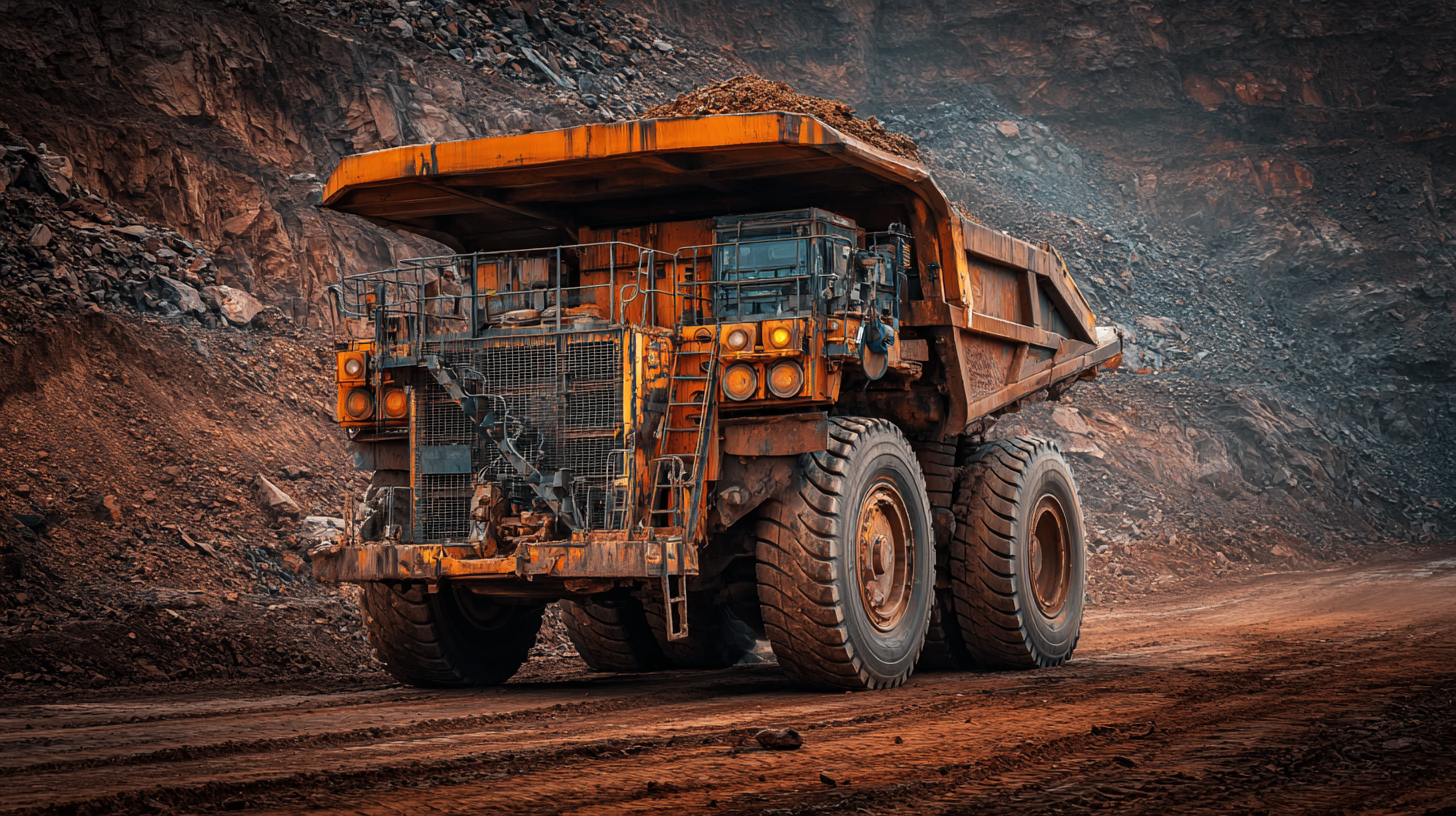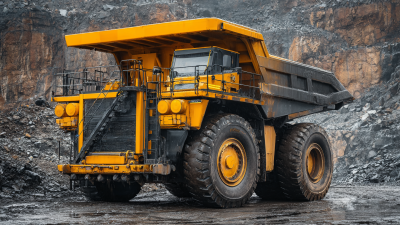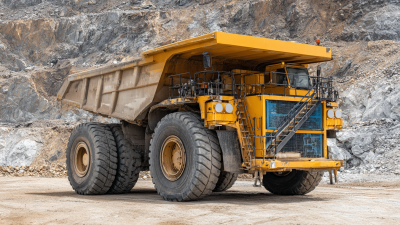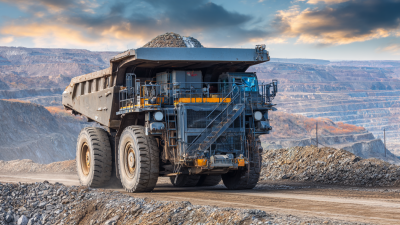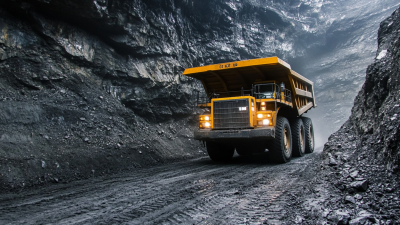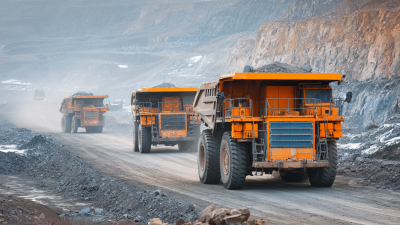In the ever-evolving world of mining operations, the choice of equipment can significantly impact productivity and efficiency. One of the most critical decisions for any mining company is selecting the largest mining truck that meets their specific needs. The largest mining trucks are designed to carry massive loads, maneuver in challenging terrains, and ultimately enhance the operational workflow.
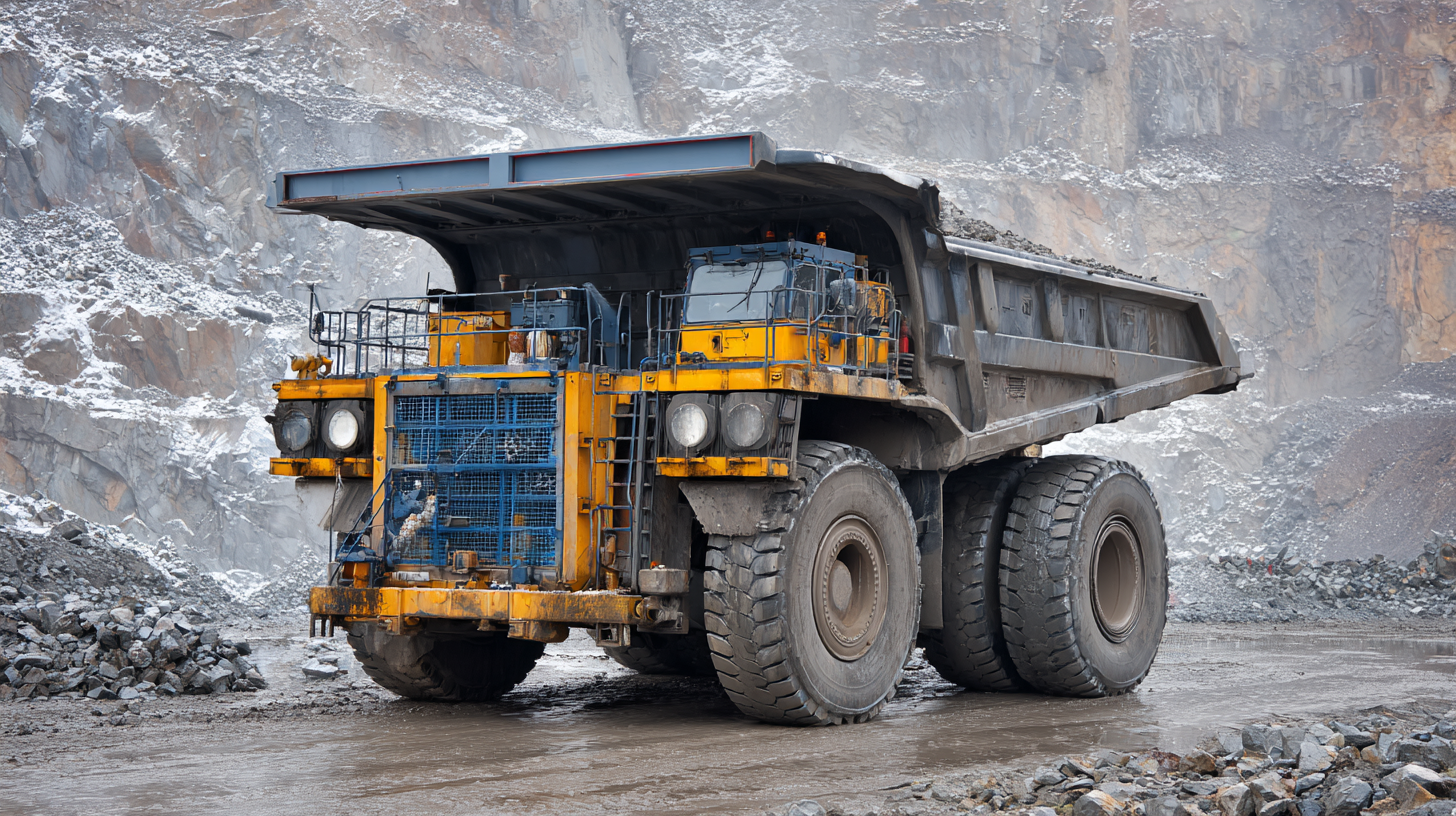
However, with numerous models available on the market, choosing the right one can seem daunting. This guide aims to simplify that decision-making process by providing valuable insights and practical tips on what to consider when selecting the largest mining truck for your operations. From understanding load capacity and fuel efficiency to evaluating maintenance requirements, we will explore the key factors that contribute to effective mining logistics and how the right truck can make all the difference in your bottom line.
When selecting the right mining truck for your operations, it’s crucial to understand the various types available in the market. The mining truck sector is diverse, including articulated dump trucks, rigid dump trucks, and more specialized vehicles designed for specific types of mining environments. Each type has its own advantages, making it essential to evaluate the specific needs of your project.
For example, articulated dump trucks are known for their maneuverability on uneven terrain, while rigid dump trucks offer increased load capacity and are ideal for large-scale operations.
The mining truck market is poised for substantial growth, driven by rising demand for mineral resources and advancements in technology. As reported, the global mining truck market is anticipated to reach approximately $23.89 billion by 2034, reflecting a compound annual growth rate (CAGR) that underscores the robust growth potential. This growth is not only attributed to the trucks' inherent capabilities but also to innovations that enhance fuel efficiency and reduce emissions, meeting the increasing regulatory standards.
Understanding these distinctions and trends will empower operators to make informed decisions, optimizing their mining operations and ensuring profitability in this competitive landscape.
Choosing the right size of mining truck is pivotal for optimizing operations in the heavy commercial vehicle industry. Several key factors come into play when determining the best truck size for specific mining projects. Firstly, the volume of material to be moved directly influences truck capacity. Operations handling larger volumes will benefit from high-capacity trucks, which not only improve efficiency but also reduce the number of trips, leading to cost savings in fuel and labor.
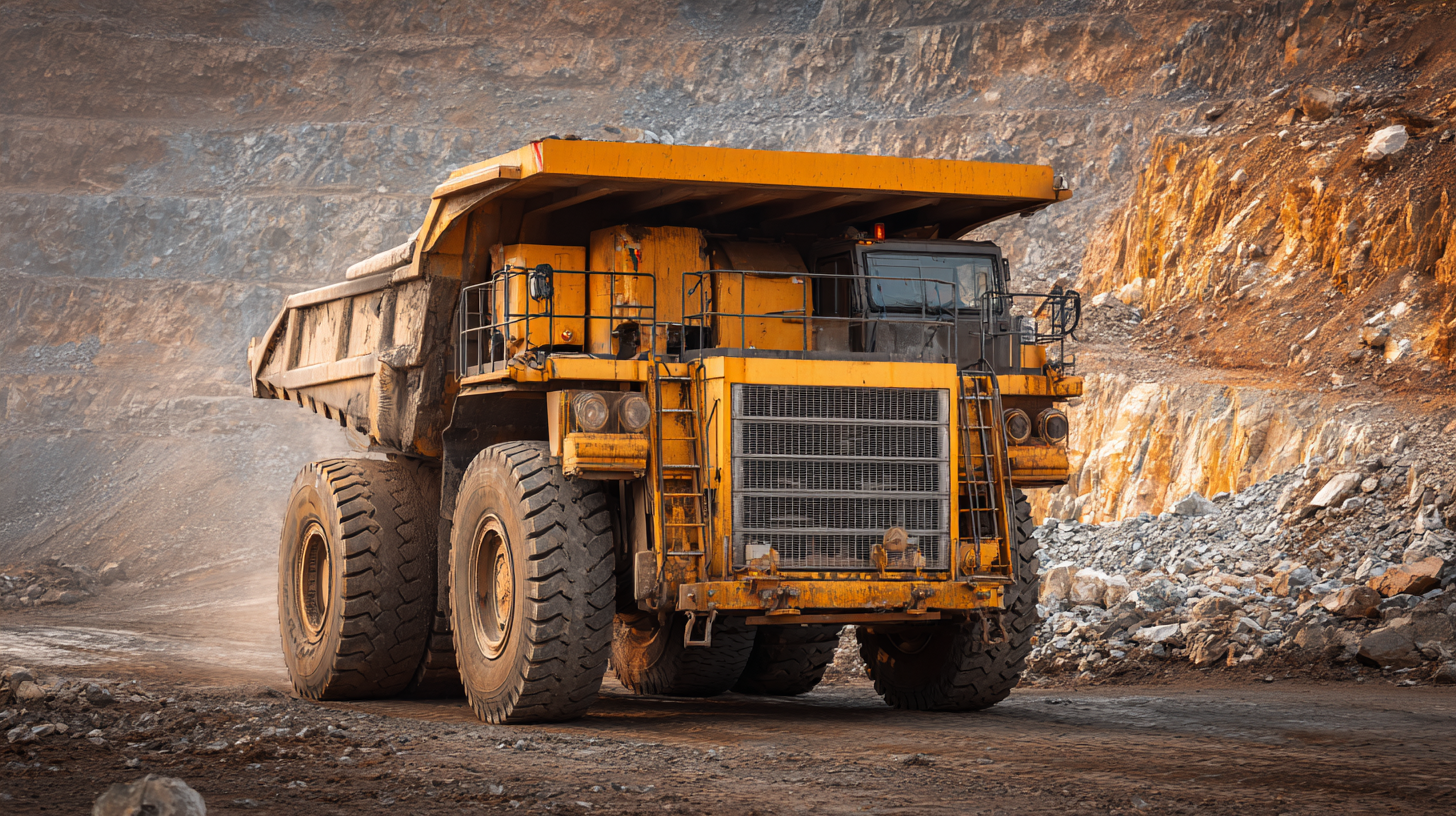
Additionally, the design of haul roads significantly affects the choice of truck size. Well-engineered haul roads can enable larger trucks to operate effectively, reducing wear and tear on vehicles and improving overall performance. Factors such as road gradient, surface conditions, and turning radius should be assessed to ensure compatibility with larger trucks.
Moreover, considering the evolving trends in the industry, including the shift towards more environmentally friendly options, businesses must evaluate the economic performance of high-capacity trucks against traditional models to make informed choices that align with both operational needs and sustainability goals.
When selecting the largest mining truck for your operations, a comparative analysis of popular large mining truck models is essential. The mining industry has seen significant advancements in technology, particularly with the introduction of autonomous vehicles. Recent reports indicate that the mining sector is embracing automation, with a notable rise in market share for autonomous mining vehicles. For instance, a report highlighted that a specific company leads the market in autonomous driving technology, underscoring the trend towards more efficient operations.
In addition to technological advancements, the capacity and efficiency of these trucks remain paramount. A large mining truck typically offers payload capacities ranging from 200 to 400 tons, significantly impacting productivity. The latest evaluations suggest that trucks with advanced fuel efficiency systems can reduce operational costs by up to 30%. Furthermore, a study indicated that the integration of smart technologies in mining trucks not only enhances safety and operational efficiency but also contributes to environmental sustainability, aligning with the industry's goal to reduce its carbon footprint.
Ultimately, the choice of a mining truck model should be guided by a comprehensive understanding of both current technological capabilities and the specific operational needs of your mining site.
When selecting the largest mining truck for your operations, cost and efficiency are critical factors that directly impact your bottom line. The demand for larger, more capable trucks is on the rise, with projections indicating the global Autonomous Mining Trucks market will expand from $1.35 billion in 2025 to a staggering $6.47 billion by 2032. This significant growth reflects the industry's shift towards automation, decreasing labor costs while enhancing operational efficiency. Furthermore, by 2025, the introduction of electric mining trucks is expected to reduce fuel costs by up to 50% compared to conventional diesel models, marking a transformative step for sustainable mining practices.
The evolving landscape of the mining industry compels companies to reassess their strategies to improve the total cost of ownership. Large mining trucks must now operate more sustainably, necessitating the evaluation of their performance alongside economic factors. As dump truck markets are anticipated to grow from USD 66.36 billion in 2025 to USD 118.61 billion by 2033, investment in advanced technology becomes paramount. Embracing innovations not only aids in meeting operational demands but also plays a crucial role in promoting efficient resource management in open-pit mines. By aligning equipment choices with sustainability goals and efficiency metrics, mining operations can thrive in an increasingly competitive marketplace.
| Truck Model | Payload Capacity (tons) | Fuel Efficiency (gallons/hour) | Operating Cost ($/hour) | Maintenance Cost ($/hour) |
|---|---|---|---|---|
| Model A | 400 | 30 | 150 | 45 |
| Model B | 500 | 28 | 160 | 50 |
| Model C | 600 | 25 | 170 | 55 |
| Model D | 700 | 22 | 180 | 60 |
When it comes to the operational efficiency of large mining trucks, maintenance emerges as a critical factor influencing performance and costs. According to a report by the International Council on Mining and Metals (ICMM), proper maintenance can reduce operational downtime by up to 30%. This is especially pertinent for mining trucks, which often operate in harsh environments, where factors such as dust, extreme temperatures, and heavy loads can exacerbate wear and tear. A robust maintenance regime not only extends the lifespan of these colossal machines but also ensures compliance with stringent safety regulations.
Operational challenges are another significant aspect to consider. The Global Mining Guidelines Group (GMG) indicates that large mining trucks can consume between 40 to 70 liters of fuel per hour, depending on their size and the terrain. This high fuel consumption not only affects operational costs but also increases the environmental footprint of mining operations. Additional challenges include the need for skilled operators who can handle these large vehicles safely and efficiently. As the mining industry continues to evolve, integrating advanced telematics and predictive maintenance systems can provide valuable insights, optimizing not just the maintenance processes but also enhancing the overall operational efficiency of large mining trucks.
